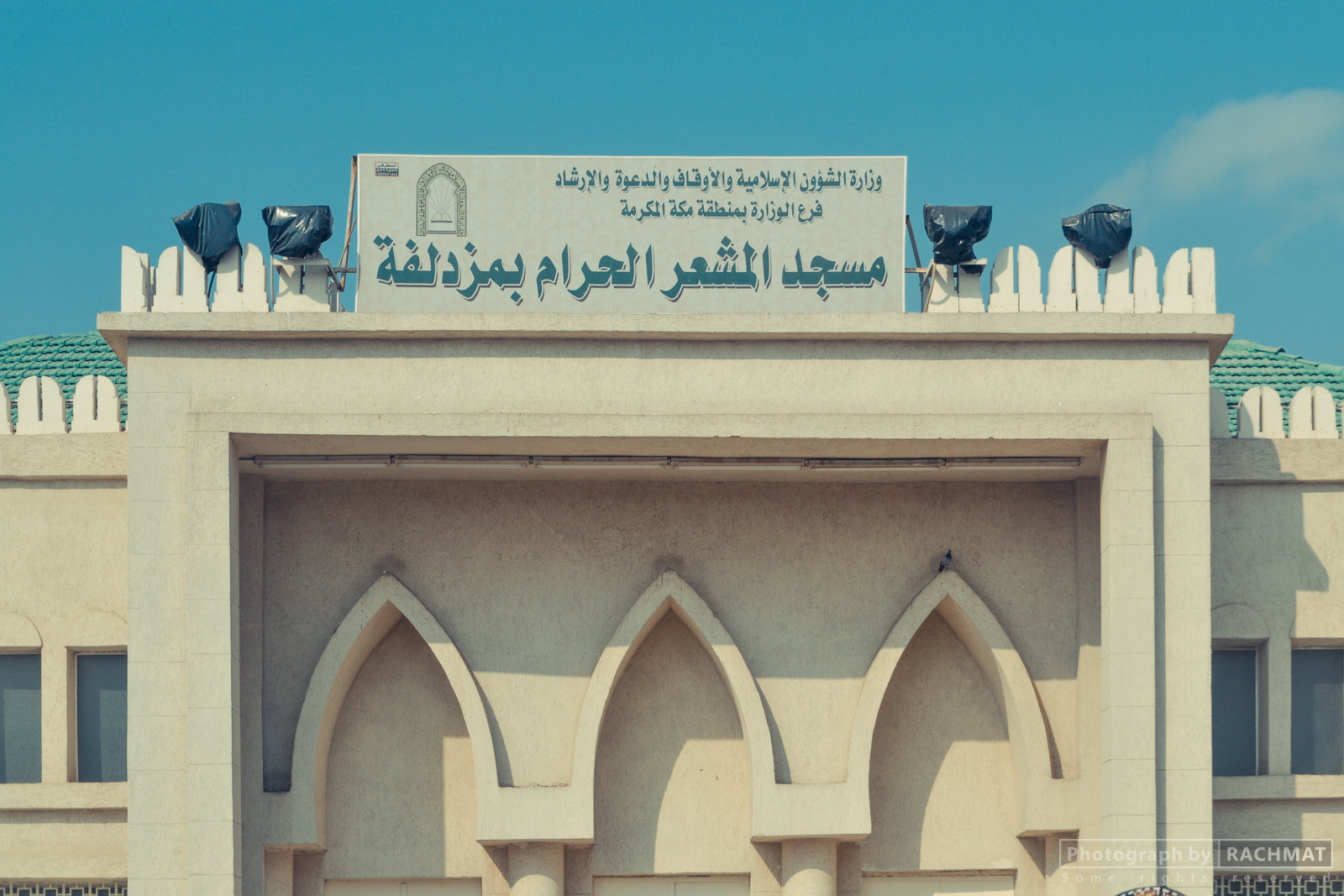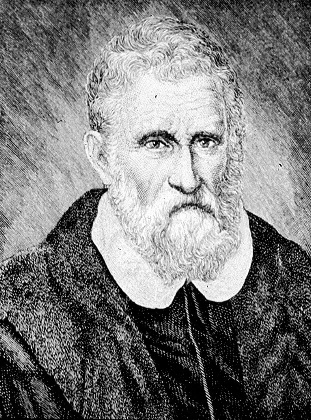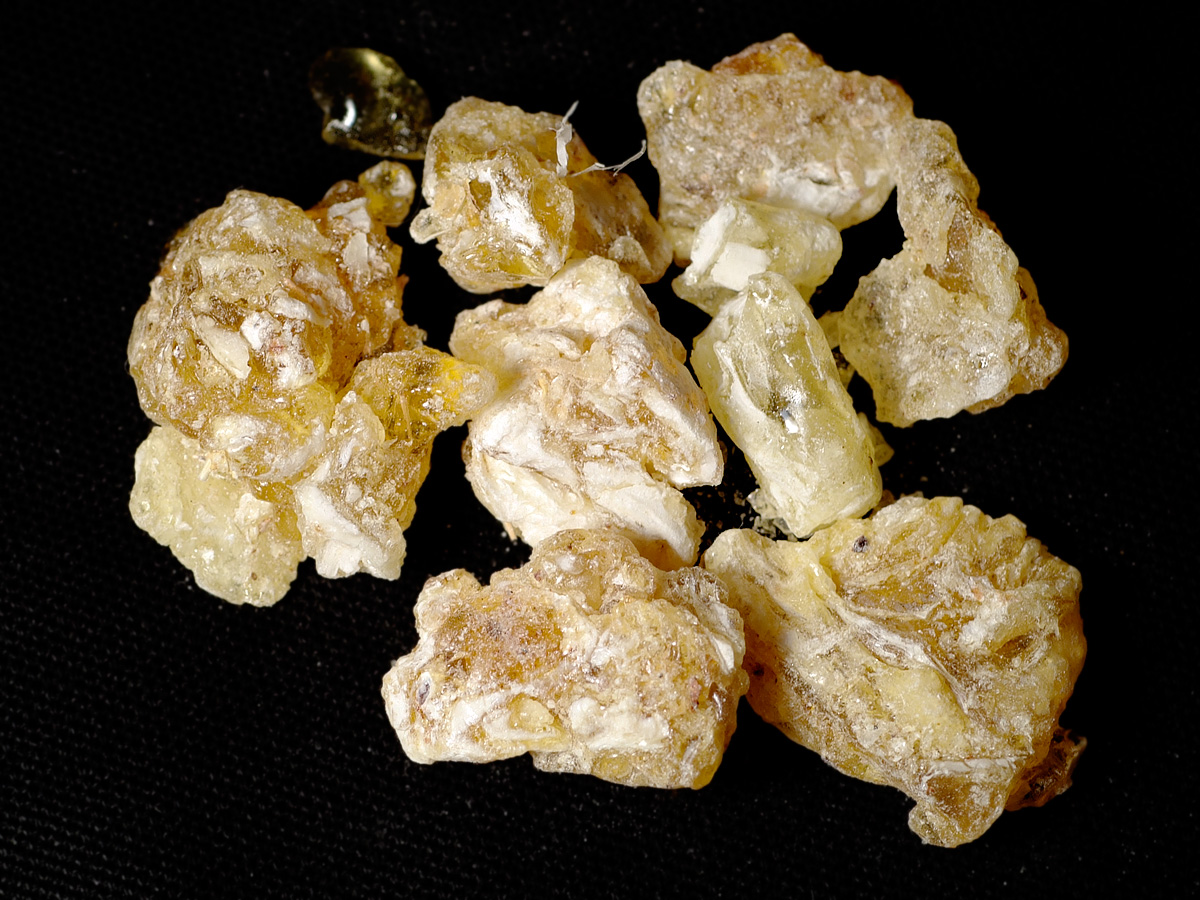|
Samail
Samāʾil ( ar, سَمَائِل) is a Wilayah (province) located in Ad-Dakhiliyah Region of the Sultanate of Oman. Sama'il Valley The valley or wadi of Sama'il, also referred to as the "Sumail Gap", divides Al Hajar Mountains into the Eastern and Western subranges. A route from the coast to the country's interior traverses the valley. The gap extends about from the coast and Muscat Airport on one hand to Sama'il on the other. The route ends at Izki, and acts as the main road from Muscat to Nizwa. The highest point in the gap is more than above sea level. History Masjid Māzin ( ar, مَسْجِد مَازِن, links=no) is considered to be the oldest mosque in the country. It was founded by Māzin bin Ghaḍūbah ( ar, مَازِن بِن غَضُوْبَة, links=no), who was considered to be the first Omani to adopt Islam during Muhammad's lifetime. Historically, the route along the Sumail Gap was used for trade and communication between coastal and interior are ... [...More Info...] [...Related Items...] OR: [Wikipedia] [Google] [Baidu] |
Al Hajar Mountains
The Hajar Mountains ( ar, جِبَال ٱلْحَجَر, Jibāl al-Ḥajar, ''The Rocky Mountains'' or ''The Stone Mountains'') in northeastern Oman and also the eastern United Arab Emirates are the highest mountain range in the eastern Arabian peninsula. Also known as "Oman Mountains", they separate the low coastal plain of Oman from the high desert plateau, and lie inland from the Gulf of Oman. ''Al'' () means "the", and ''Ḥajar'' () means "stone" or "rock". So ''al-Ḥajar'' () is named as "the stone" or "the rock". Geology Orography and tectonic setting The Hajar Mountains extend for through the UAE and Oman. They are located on the north-east corner of the Arabian Plate, reaching from the Musandam Peninsula through to the east coast of Oman. The range is about wide, with Jabal Shams being the highest peak at 3,009 m (9,872 ft) in the central region of the mountains. Currently, the Arabian Plate is moving north relative to the Eurasian Plate ... [...More Info...] [...Related Items...] OR: [Wikipedia] [Google] [Baidu] |
List Of The Oldest Mosques
The designation of the oldest mosques in the world requires careful use of definitions, and must be divided into two parts, the oldest in the sense of oldest surviving building, and the oldest in the sense of oldest mosque congregation. Even here, there is the distinction between old mosque buildings that have been in continuous use as mosques, and those that have been converted to other purposes; and between buildings that have been in continuous use as mosques and those that were shuttered for many decades. In terms of congregations, they are distinguished between early established congregations that have been in continuous existence, and early congregations that ceased to exist. Note that the major regions, such as Africa and Eurasia, are sorted alphabetically, whereas the minor regions, such as, and Arabia and South Asia, are sorted by the dates in which their first mosques were reportedly established, more or less, barring those that are mentioned by name in the Quran. To be ... [...More Info...] [...Related Items...] OR: [Wikipedia] [Google] [Baidu] |
Ad Dakhiliyah Governorate
Ad Dakhiliyah ( ar, الداخلية, Ad-Dāḫilīyah, meaning: The Interior) is one of the governorates (''muhafazah'') of Oman with Nizwa town as the regional center. It was previously a region (''mintaqah''). It became a governorate on 28 October 2011. Provinces Ad Dakhiliyah Governorate consists of eight provinces (wilayat): *Nizwa *Samail *Bahla *Adam * Al Hamra *Manah *Izki Izki ( ar, إِزْكِي) is a town in the region Ad Dakhiliyah, northeastern Oman. It is located at c. altitude, and has a population of 35,173 (2003 census). Geography Izki lies at the end of a route from Muscat to Nizwa. The route ... * Bid Bid Demographics References Governorates of Oman {{Oman-geo-stub ... [...More Info...] [...Related Items...] OR: [Wikipedia] [Google] [Baidu] |
Provinces Of Oman
The administrative division of Oman contains Eleven Governorates (''muhafazah''): * Ad Dakhiliyah * Ad Dhahirah * Al Batinah North * Al Batinah South *Al Buraimi * Al Wusta * Ash Sharqiyah North * Ash Sharqiyah South *Dhofar *Muscat * Musandam Within the governorates, Oman is sub-divided into 61 provinces ('' wilayat''). Ad Dakhiliyah Governorate Al Dhahirah Governorate Al Batinah North Governorate Al Batinah South Governorate Al Buraimi Governorate Al Wusta Governorate Ash Sharqiyah North Governorate Ash Sharqiyah South Governorate Dhofar Governorate Muscat Governorate Musandam Governorate See also *List of cities in Oman *Regions and governorates of Oman Oman is divided into eleven governorates ('' muhafazah''), and has been since 28 October 2011. Each of the 11 governorates are divided into ''wilayat'' ( provinces). Regions and governorates before 2011 Before 28 October 2011, Oman was divided ... References External links Ministry of Foreign Aff ... [...More Info...] [...Related Items...] OR: [Wikipedia] [Google] [Baidu] |
Ad Dakhiliyah Region
Ad Dakhiliyah ( ar, الداخلية, Ad-Dāḫilīyah, meaning: The Interior) is one of the governorates ('' muhafazah'') of Oman with Nizwa town as the regional center. It was previously a region ('' mintaqah''). It became a governorate on 28 October 2011. Provinces Ad Dakhiliyah Governorate consists of eight provinces ( wilayat): * Nizwa *Samail *Bahla *Adam * Al Hamra *Manah *Izki Izki ( ar, إِزْكِي) is a town in the region Ad Dakhiliyah, northeastern Oman. It is located at c. altitude, and has a population of 35,173 (2003 census). Geography Izki lies at the end of a route from Muscat to Nizwa. The route ... * Bid Bid Demographics References Governorates of Oman {{Oman-geo-stub ... [...More Info...] [...Related Items...] OR: [Wikipedia] [Google] [Baidu] |
List Of Sovereign States
The following is a list providing an overview of sovereign states around the world with information on their status and recognition of their sovereignty. The 206 listed states can be divided into three categories based on membership within the United Nations System: 193 member states of the United Nations, UN member states, 2 United Nations General Assembly observers#Present non-member observers, UN General Assembly non-member observer states, and 11 other states. The ''sovereignty dispute'' column indicates states having undisputed sovereignty (188 states, of which there are 187 UN member states and 1 UN General Assembly non-member observer state), states having disputed sovereignty (16 states, of which there are 6 UN member states, 1 UN General Assembly non-member observer state, and 9 de facto states), and states having a political status of the Cook Islands and Niue, special political status (2 states, both in associated state, free association with New Zealand). Compi ... [...More Info...] [...Related Items...] OR: [Wikipedia] [Google] [Baidu] |
World Meteorological Organization
The World Meteorological Organization (WMO) is a specialized agency of the United Nations responsible for promoting international cooperation on atmospheric science, climatology, hydrology and geophysics. The WMO originated from the International Meteorological Organization, a nongovernmental organization founded in 1873 as a forum for exchanging weather data and research. Proposals to reform the status and structure of the IMO culminated in the World Meteorological Convention of 1947, which formally established the World Meteorological Organization. The Convention entered into force on 23 March 1950, and the following year the WMO began operations as an intergovernmental organization within the UN system. The WMO is made up of 193 countries and territories, and facilitates the "free and unrestricted" exchange of data, information, and research between the respective meteorological and hydrological institutions of its members. It also collaborates with nongovernmental part ... [...More Info...] [...Related Items...] OR: [Wikipedia] [Google] [Baidu] |
Ibn Battuta
Abu Abdullah Muhammad ibn Battutah (, ; 24 February 13041368/1369),; fully: ; Arabic: commonly known as Ibn Battuta, was a Berber Maghrebi scholar and explorer who travelled extensively in the lands of Afro-Eurasia, largely in the Muslim world. He travelled more than any other explorer in pre-modern history, totalling around , surpassing Zheng He with about and Marco Polo with . Over a period of thirty years, Ibn Battuta visited most of southern Eurasia, including Central Asia, Southeast Asia, South Asia, China, and the Iberian Peninsula. Near the end of his life, he dictated an account of his journeys, titled '' A Gift to Those Who Contemplate the Wonders of Cities and the Marvels of Travelling'', but commonly known as ''The Rihla''. Name Ibn Battuta is a patronymic literally meaning "son of the duckling". His most common full name is given as Abu Abdullah Muhammad ibn Battuta. In his travelogue, '' the Rihla'', he gives his full name as Shams al-Din Abu’Abdal ... [...More Info...] [...Related Items...] OR: [Wikipedia] [Google] [Baidu] |
Marco Polo
Marco Polo (, , ; 8 January 1324) was a Venetian merchant, explorer and writer who travelled through Asia along the Silk Road between 1271 and 1295. His travels are recorded in '' The Travels of Marco Polo'' (also known as ''Book of the Marvels of the World '' and ''Il Milione'', ), a book that described to Europeans the then mysterious culture and inner workings of the Eastern world, including the wealth and great size of the Mongol Empire and China in the Yuan Dynasty, giving their first comprehensive look into China, Persia, India, Japan and other Asian cities and countries. Born in Venice, Marco learned the mercantile trade from his father and his uncle, Niccolò and Maffeo, who travelled through Asia and met Kublai Khan. In 1269, they returned to Venice to meet Marco for the first time. The three of them embarked on an epic journey to Asia, exploring many places along the Silk Road until they reached Cathay (China). They were received by the royal court of Kublai Kha ... [...More Info...] [...Related Items...] OR: [Wikipedia] [Google] [Baidu] |
Frankincense
Frankincense (also known as olibanum) is an aromatic resin used in incense and perfumes, obtained from trees of the genus '' Boswellia'' in the family Burseraceae. The word is from Old French ('high-quality incense'). There are several species of ''Boswellia'' that produce true frankincense: '' Boswellia sacra'' (syn. ''B. bhaw-dajiana'', syn. ''B. carteri''), '' B. frereana'', '' B. serrata'' (''B. thurifera'', Indian frankincense), and '' B. papyrifera''. Resin from each is available in various grades, which depend on the time of harvesting. The resin is hand-sorted for quality. Etymology and other names The English word ''frankincense'' derives from the Old French expression , meaning 'high-quality incense'. The word in Old French meant 'noble, pure'. Although named ''frank''incense, the name is not referring to the Franks. The name of frankincense in Koine Greek (the language of the New Testament): grc-koi, λίβανος, translit=líbanos, label=none (or grc-ko ... [...More Info...] [...Related Items...] OR: [Wikipedia] [Google] [Baidu] |
Muhammad
Muhammad ( ar, مُحَمَّد; 570 – 8 June 632 CE) was an Arab religious, social, and political leader and the founder of Islam. According to Islamic doctrine, he was a prophet divinely inspired to preach and confirm the monotheistic teachings of Adam, Abraham, Moses, Jesus, and other prophets. He is believed to be the Seal of the Prophets within Islam. Muhammad united Arabia into a single Muslim polity, with the Quran as well as his teachings and practices forming the basis of Islamic religious belief. Muhammad was born approximately 570CE in Mecca. He was the son of Abdullah ibn Abd al-Muttalib and Amina bint Wahb. His father Abdullah was the son of Quraysh tribal leader Abd al-Muttalib ibn Hashim, and he died a few months before Muhammad's birth. His mother Amina died when he was six, leaving Muhammad an orphan. He was raised under the care of his grandfather, Abd al-Muttalib, and paternal uncle, Abu Talib. In later years, he would periodically seclud ... [...More Info...] [...Related Items...] OR: [Wikipedia] [Google] [Baidu] |






